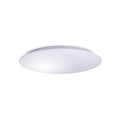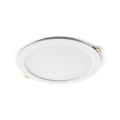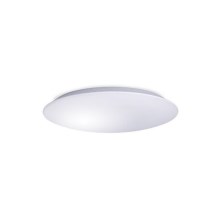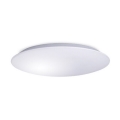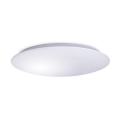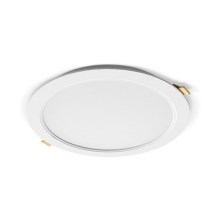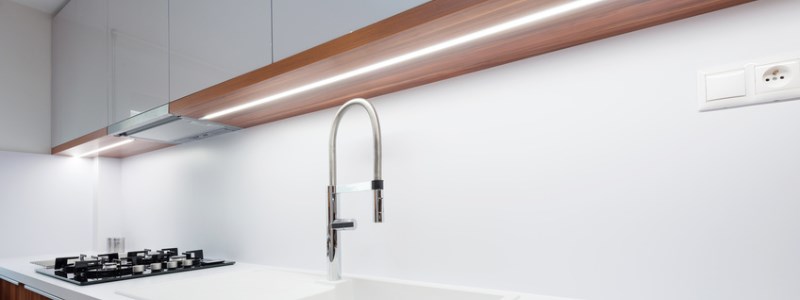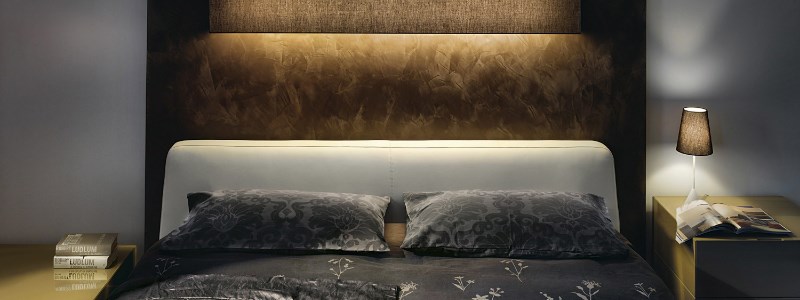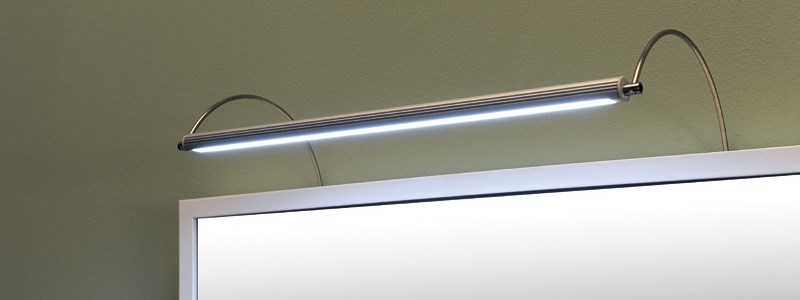There, where there is together electricity and humidity, it is necessary to be extra cautious. For safety reasons, there are special regulations, which eliminate risks and prevent accidents.
There is increased humidity in a bathroom, therefore when choosing a light for a bathroom don’t only choose by design, but also pay attention to used material. Sheet-metal lights will corrode after some time, that is why you should avoid buying cheap lights and rather ask a shop assistant about lights made of high-quality alloys, modern glass or plastics.
Depending on a degree of danger, potentially hazardous spaces are divided into the zones for bathrooms and shower enclosures:
Zone 0
Includes inner space of the bathtub or a shower enclosure tub – an example can be underwater lighting. It is allowed to use devices and lights with a low protective voltage up to 12 Volts, which are allowed to be installed inside a bathtub. They have to be equipped with a protection degree at least IP X7.
Zone 1
Includes walls and a ceiling above a bathtub and a shower enclosure up to a height of attachment of a shower head or at least to a height of 225 cm from the floor. The lights must be equipped with a protection degree at least IPX5 (protection against splashing water). In this zone, it is allowed to install some electric devices (water heaters, whirlpool bathtubs, lights etc).
Zone 2
Includes walls and a ceiling around zone 1 up to 3 metres from the floor and 60 cm in a horizontal axis.
The lights must be equipped with a protection degree IPX4, including all lights placed above a wash basin. For example, lights, bathroom fans, water heaters, shower waste pumps and devices for whirlpool bathtubs can be installed here.
Zone 3
In this zone can be installed power socket with 230 voltage with automatic power supply disconnection, using a current protector with a rated discharge current not exceeding 30 mA. In this zone you may install standard lights with a protection degree IP20.



 Paulina
Paulina







